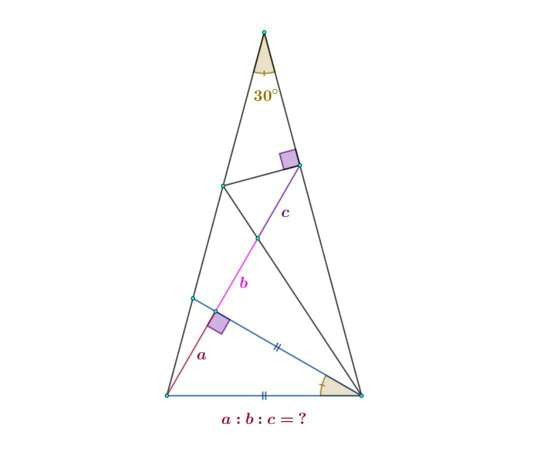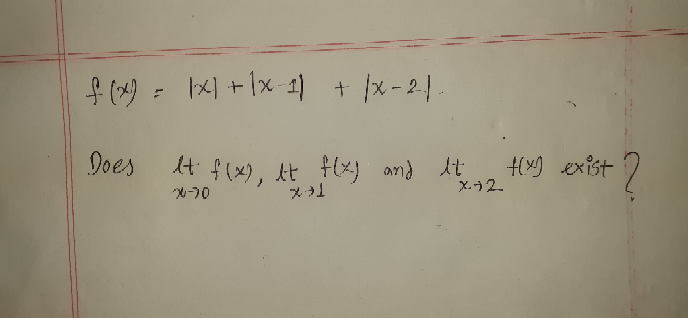
AllQuestion and Answers: Page 1316
Question Number 82971 Answers: 1 Comments: 2
Question Number 82970 Answers: 0 Comments: 2
Question Number 82954 Answers: 1 Comments: 3
Question Number 82953 Answers: 0 Comments: 3
Question Number 82952 Answers: 1 Comments: 0
Question Number 82944 Answers: 1 Comments: 2
Question Number 82937 Answers: 0 Comments: 2
Question Number 82950 Answers: 1 Comments: 1
Question Number 82929 Answers: 2 Comments: 0
Question Number 82924 Answers: 1 Comments: 2
Question Number 82901 Answers: 1 Comments: 0

Question Number 82897 Answers: 1 Comments: 2

Question Number 82891 Answers: 2 Comments: 0
$$\int\:\frac{\mathrm{1}}{\sqrt{\mathrm{1}−\mathrm{x}^{\mathrm{4}} }}\:\mathrm{dx}\:=\:? \\ $$
Question Number 82887 Answers: 1 Comments: 1
Question Number 82886 Answers: 0 Comments: 2
Question Number 82883 Answers: 1 Comments: 0
Question Number 82881 Answers: 1 Comments: 2
Question Number 82879 Answers: 0 Comments: 1
Question Number 82878 Answers: 1 Comments: 3

Question Number 82920 Answers: 1 Comments: 0
Question Number 82919 Answers: 1 Comments: 2
Question Number 82872 Answers: 0 Comments: 1
Question Number 82871 Answers: 0 Comments: 1
Question Number 82873 Answers: 1 Comments: 2

Question Number 82867 Answers: 0 Comments: 3
Question Number 82843 Answers: 1 Comments: 0
Pg 1311 Pg 1312 Pg 1313 Pg 1314 Pg 1315 Pg 1316 Pg 1317 Pg 1318 Pg 1319 Pg 1320
